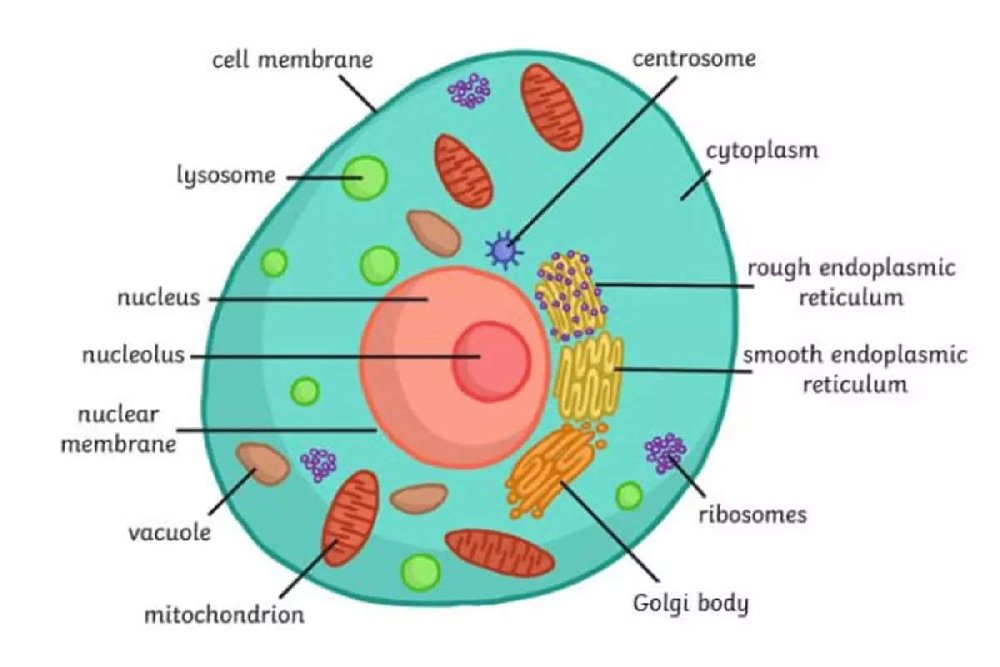
I was just six years old when I first saw a dead body. It happened when my beloved mother took me to the funeral of one of our neighbors while we were living in Cochin. With natural curiosity, I asked her what happens when a person dies. She replied, "The blood flow stops, and the soul departs from the body." I held on to this understanding of death until I joined medical school.
While working in the cardiac intensive care unit at Victoria Hospital, Blackpool, I encountered patients on ventilators in various stages of brain death. I learned that 'life' can be sustained as long as the heart continues to beat, receiving electrical impulses from the sinoatrial (SA) node, while oxygen is supplied through ventilation and nutrition via a central line or feeding tube. Patients in a coma do not respond to painful stimuli and are unaware of the external world. In many cases, ventilation is withdrawn once a close relative consents, leading to the cessation of all external life-sustaining measures. Until this stage, all cells remain alive, even though the patient is in a vegetative state.
Modern medicine has made it possible to transplant organs such as the heart, lungs, liver, kidneys, and cornea. After whole-brain death, the heart can survive for 4-6 hours, lungs for 6-8 hours, liver and kidneys for 8-12 hours, and the cornea for up to a week. A cell is considered dead when its energy production process ceases. The varying survival times of different organs depend on their specific energy requirements. This leads us to the fundamental question: What defines 'life' at the cellular level?
The Concept of Life at a Cellular Level
Life is a state in which an organism maintains essential conditions for growth, reproduction, and homeostasis (internal stability), largely through cellular and molecular processes. The human cell is a highly complex, organized structure, and one of its primary functions is energy production. This occurs through cellular respiration, which converts nutrients into usable energy. The main organelles involved in energy production and utilization are the mitochondria, lysosomes, and endoplasmic reticulum.
Mitochondria, often called the "powerhouses of the cell," are the primary site of aerobic respiration. They produce adenosine triphosphate (ATP), which is converted to adenosine diphosphate (ADP) through the Krebs cycle, releasing energy. Other organelles contribute to the metabolism of proteins and fats. Nutrients like carbohydrates, proteins, and fats, along with oxygen, are delivered to cells through the cardiovascular system. In the absence of oxygen, anaerobic metabolism can temporarily sustain some cellular functions. The energy produced maintains body temperature at 37°C.

The Process of Death
When breathing and heart function stop, anaerobic cellular respiration continues briefly. However, metabolic waste products such as carbon dioxide, urea, ammonia, and lactic acid accumulate in the cells. This leads to acidosis, which damages mitochondria and inhibits enzyme production. Without energy, the body's temperature gradually drops to match room temperature, a phase known as algor mortis. The brain, highly sensitive to oxygen deprivation, undergoes irreversible damage within four minutes. Clinical death is defined by the cessation of heartbeat and breathing.
The body undergoes several post-mortem changes:
Pallor mortis: The body turns pale due to the lack of circulation, noticeable within 15-30 minutes after death.
Livor mortis: Blood settles in the lower parts of the body due to gravity, creating purplish-red discoloration about two hours after death.
Rigor mortis: Muscle stiffening begins 2-6 hours after death, peaks at 12 hours, and dissipates within 24-48 hours due to ATP depletion, which prevents muscle relaxation.
Autolysis and putrefaction: Cellular breakdown begins around four hours after death. The immune system ceases to function, allowing bacteria to multiply and produce gases such as methane and hydrogen sulfide. This results in bloating and a characteristic foul odor within 24-72 hours.
Does the Soul Depart the Body?
My mother was partially correct in saying that death occurs when blood flow stops. But does the soul truly depart the body? The concept of the "soul" is deeply religious, philosophical and spiritual, varying across cultures, religions, and belief systems. It is often considered the true 'self', representing consciousness, identity, and personality.
From a scientific perspective, what we perceive as the "mind" is the sum of our memories, experiences, emotions, and cognitive functions, all regulated by neurotransmitters in the brain. For example:
Dopamine influences motivation, reward and pleasure.
Serotonin contributes to happiness.
Adrenaline triggers fear and rage.
Testosterone promotes aggression.
Oxytocin requires for relationship building, sexual arousal, trust,loyalty and jealousy.
Other mammals also exhibit emotions and social behaviors that resemble human grief and empathy. Elephants, for instance, have been observed mourning their dead by lingering near the body, touching it with their trunks, and even covering it with branches and dirt. Dolphins care for sick or injured pod members, while primates such as chimpanzees and gorillas display grief and compassion for deceased companions.
Scientific Understanding of Death
There is no empirical evidence supporting the existence of a soul as an immaterial or material entities. According to medical science, death is purely a physiological process characterized by the cessation of biological functions. However, our understanding of the dying process continues to evolve. Future research may provide further insights into the transition between life and death.
This article aims to explain what happens when a person dies and the scientific basis of what many call the "soul." While the mystery of death remains profound, science continues to explore its complexities with an open mind.
Comment Form